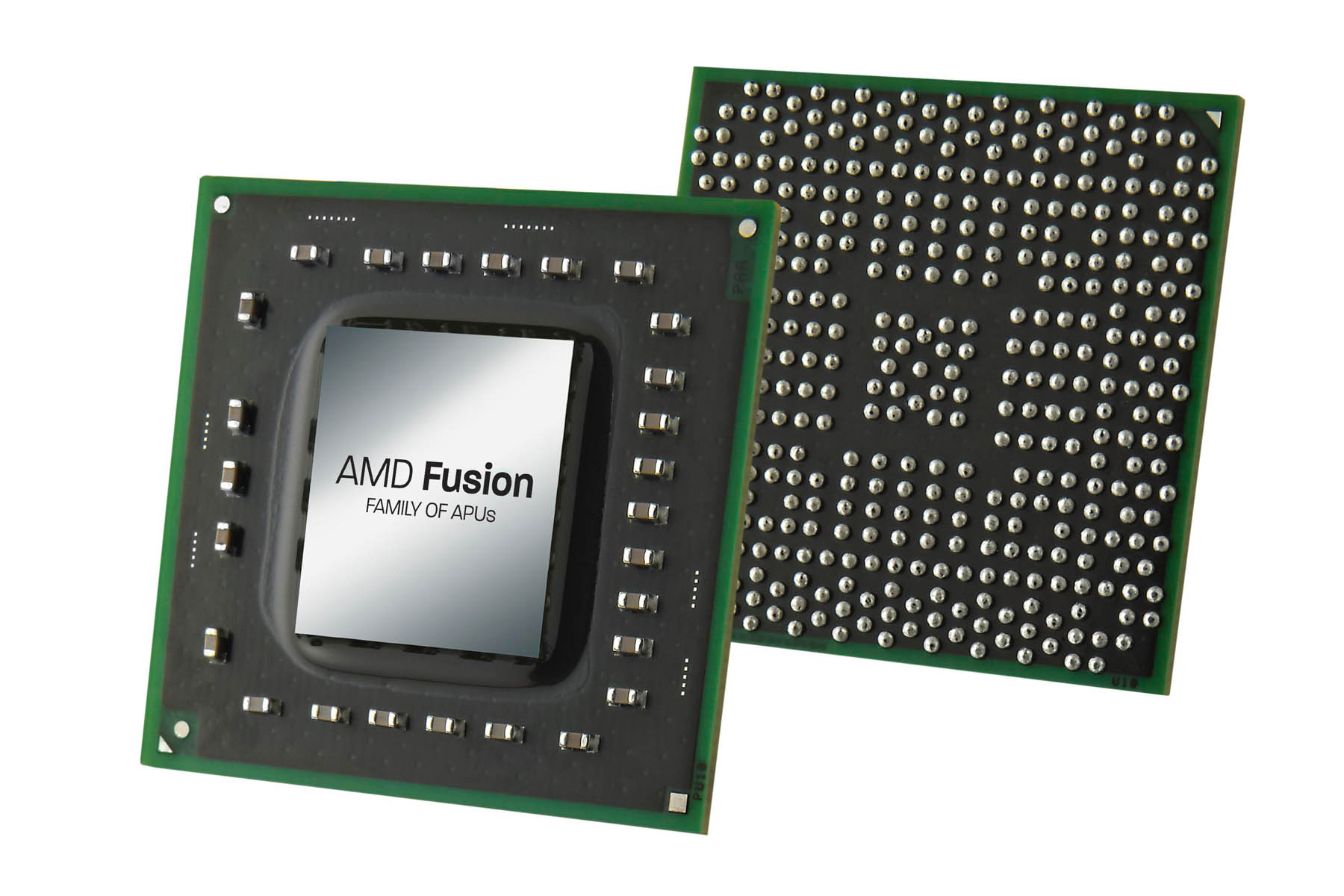IGP vs. Discrete Graphics
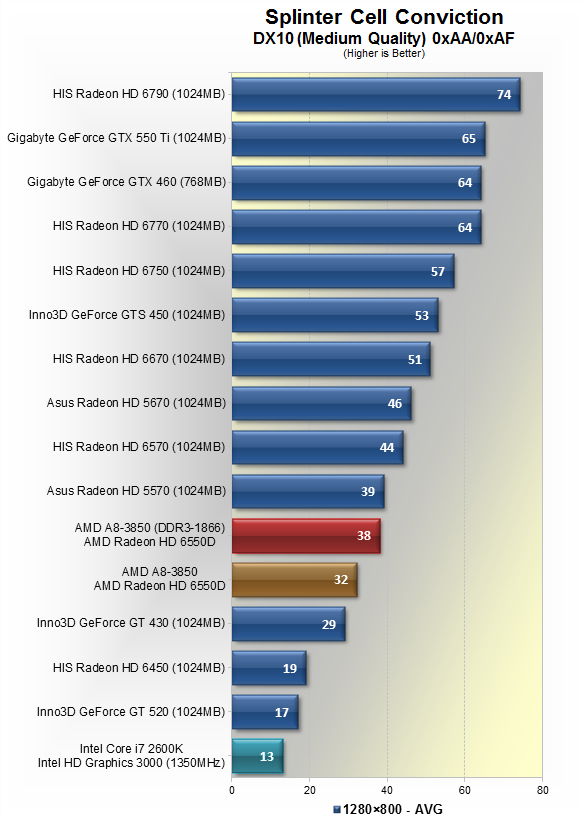
When running Splinter Cell: Conviction at 1280x800 with medium quality settings, the A8-3850 (DDR3-1866) managed to score 38fps – just 1fps behind than the Radeon HD 5570. Again, that's with medium quality, so you could certainly exchange some eye candy for a little more performance.
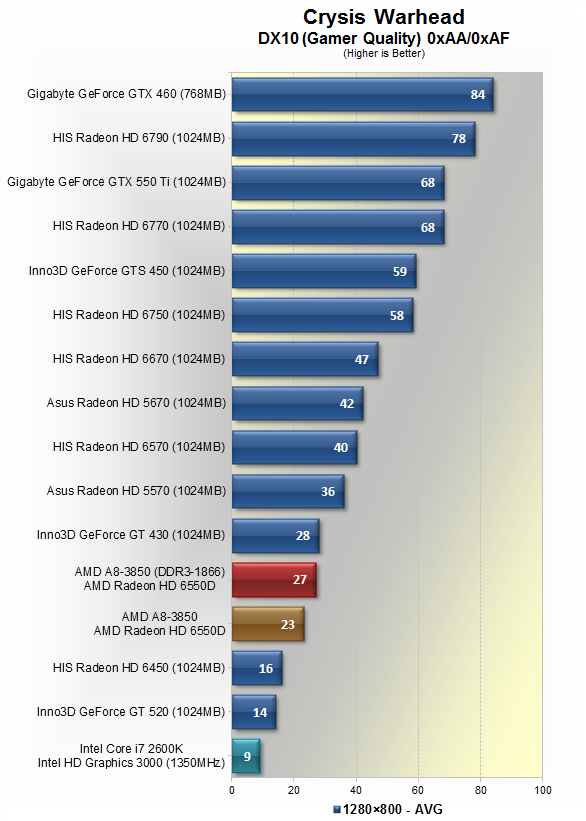
Unfortunately, the gap between the A8-3850 and HD 5570 broadened in Crysis Warhead. What's more, the DDR3-1866 RAM didn't yield much of a gain over the 1333MHz setup (23fps versus 27fps). Although the Fusion APU didn't blow us away, it still proved to be a step up from the Radeon HD 6450, GeForce GT 520 and the Core i7 2600K – all of which hovered in the teens or single digits.
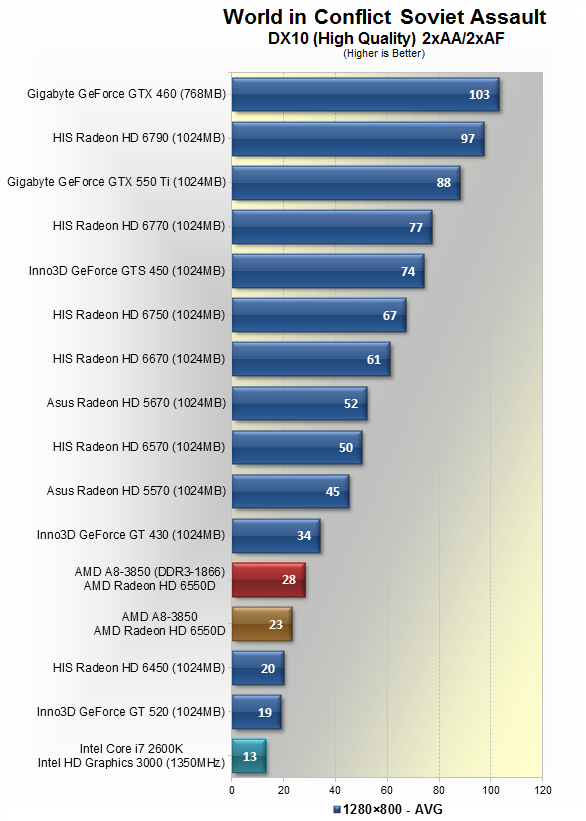
Although the A8-3850 couldn't break 30fps and performed worse than the GT 430 when running World in Conflict, realize that we tested using high quality settings with 2xAA/2xAF enabled.
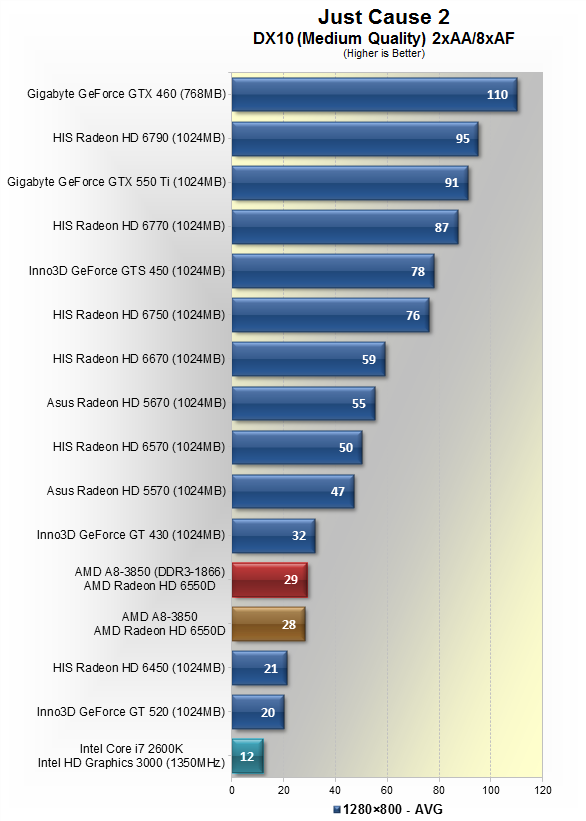
We scaled down the visual quality to medium in Just Cause 2, but we left 2xAA/8xAF enabled and as a result, the A8-3850's performance settled below 30fps. Again, before you dismiss the APU's performance, note that it's outpacing the Core i7 2600K by twofold or better – that's the real competition here, not the GTX 460.
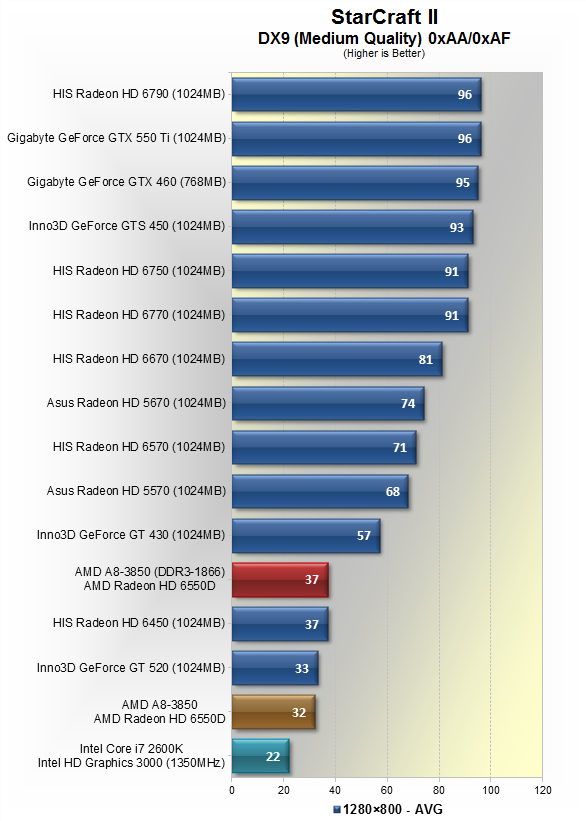
The A8-3850 was much slower than the Radeon HD 5570 and GeForce GT 430 when testing with StarCraft II. In fact, at its best, it was only able to match the Radeon HD 6450's performance and the i7 2600K managed to close the gap a bit.
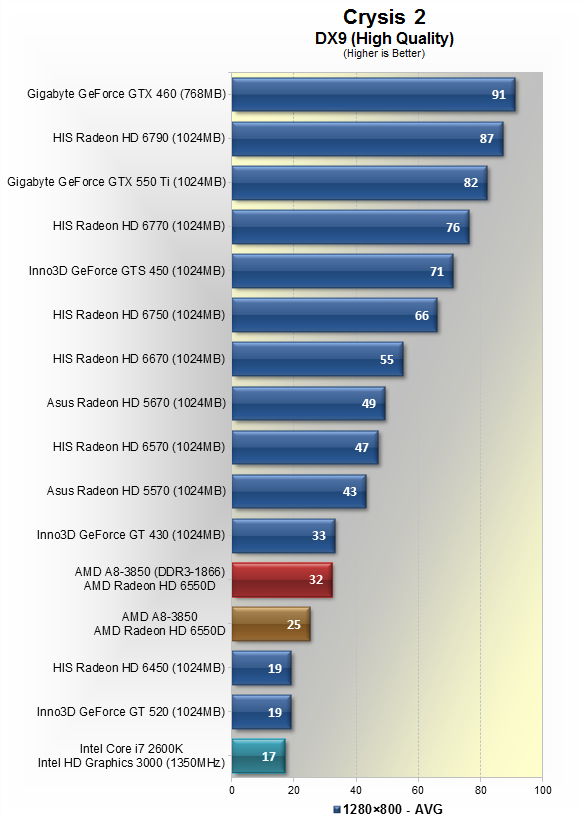
AMD's Fusion chip stepped up its game in Crysis 2, delivering an average of 32fps when using DDR3-1866 memory, putting it only 1fps behind the GeForce GT 430 and 13fps ahead of the GT 520. Meanwhile, the i7 2600K continued to trail in last.
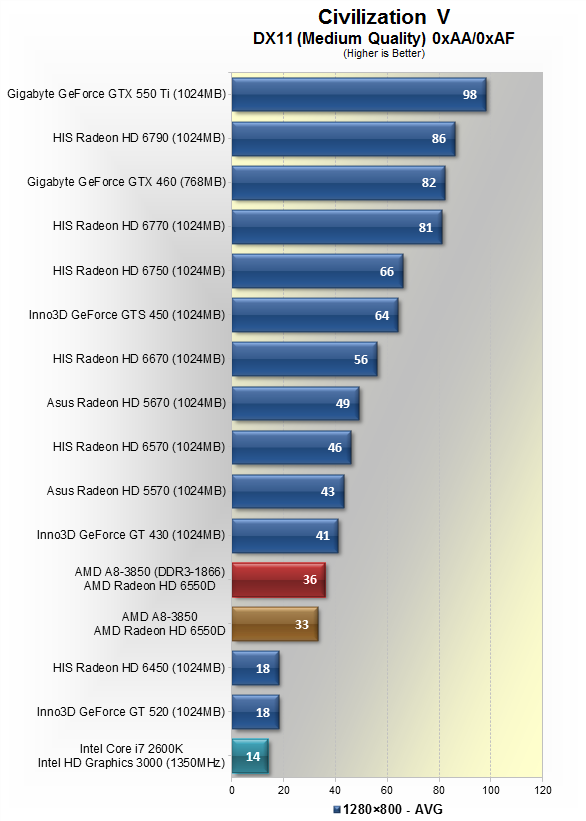
Last but certainly not least, the A8-3850 (DDR3-1866) earned 36fps in Civilization V, precisely double the performance of the HD 6450 and GT 520.
